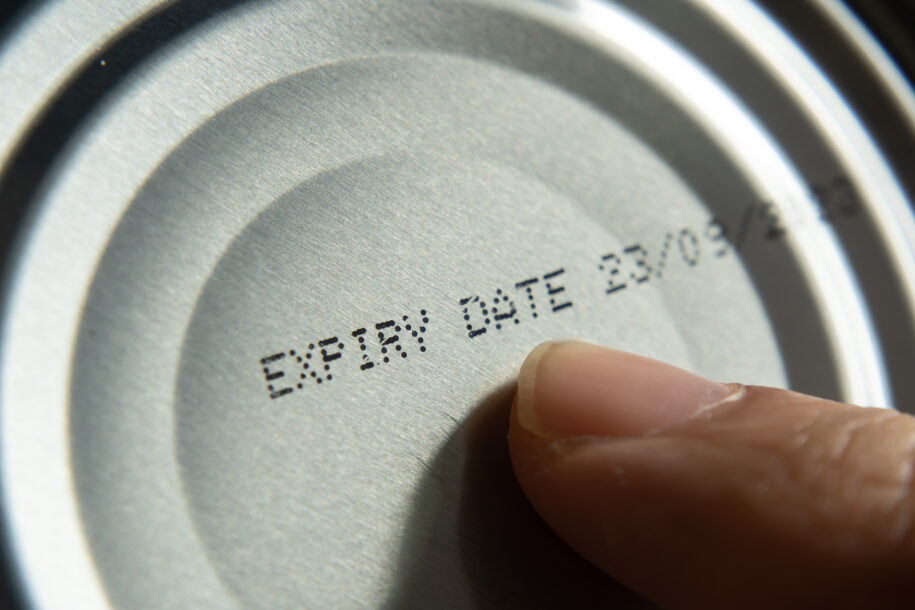If you’ve ever wondered how to read expiration date codes on food packaging, this article is for you. Food expiration dates are used for a number of reasons, but likely not the reasons you think. For most items (excluding highly regulated products like baby formula), expiration dates are merely estimates of when a product will pass peak freshness, meant more for retailers than for consumers.
When it comes to food expiration dates, it’s important to remember that they’re typically based on the quality of the product rather than its safety. The everyday consumer is, unfortunately, less likely to know this, leading to a lot of confusion and avoidable waste.
With the permeation of myths and misconceptions around food expiration dates, we’ve assembled a comprehensive guide detailing the considerations behind expiration date codes, including how to read best and comprehend them. By learning to read these date codes, retailers and consumers alike can cut down on grocery costs, save inventory, and ultimately prevent the waste of edible food.
Food Safety Use-By Dates and Other Tricky Terms
There are a number of different types of expiration dates out there, each with its own meaning and intent.
- “Use-By” – This date signifies when the product will start degrading in quality and is unrelated to safety. Eating food a few days (or, in some cases, weeks, depending on other factors) past its use-by date is fine so long as you don’t mind that its taste and texture won’t be as good as they were at its peak.
- “Sell-By” – This expiration date code is intended for retailers and tells them when food is still good to be stocked on the shelf. According to Bob Brackett, Director of the Institute for Food Safety and Health at the Illinois Institute of Technology, a product still maintains one-third of its shelf-life after the “sell by” date, leaving plenty of time for it to be enjoyed once this date has passed.
- “Best-By” – This is a suggestion to the consumer regarding when the product will reach its quality peak and has no relation to food safety.
Ultimately, food expiration dates tell you a lot more about the freshness of the product than when it starts to spoil. As such, it should be just one of several factors you consider when deciding if a product is safe to sell or consume.
Debunking Common Myths About Food Expiration Dates
A lot of learning how to read expiration date codes is figuring out the role they play in the larger scope of food safety considerations.
No standardized system exists for expiration date codes in the U.S., and it is primarily up to manufacturers to determine what date gets printed. Dates are based on several factors, for example, how the product is processed and packaged.
With so many elements at play, it’s easy to see how expiration dates get lost in translation. However, the better you become at separating fact from fiction, the better you’ll be at reading into what the date on the package really means.
Myth: Food expiration dates are based on hard data
Truth: Expiration dates are simply an educated guess made by the product manufacturer and are not based on rules or regulations surrounding food safety and quality.
Myth: Food goes bad after its expiration date.
Truth: The food in your fridge, freezer, and pantry doesn’t automatically spoil once it passes its expiration date; it’s just not as fresh as it was when you bought it.
Myth: It’s illegal to sell expired food.
Truth: Baby formula is the only product in the U.S. that, by law, cannot be sold after its expiration date.
How Long Is Food Good After Expiration Date?
Because there is no science behind food expiration dates, you should mostly rely on things like the odor, flavor, and texture of a product to tell you whether it’s safe to consume.
That being said, there are also some rules of thumb you can use, such as the fact that canned goods often last long after their expiration dates if stored properly, while perishables like dairy and meat products may spoil quickly after their food safety use-by dates have passed.
For everything else, reference your senses – and, if desired, a food expiration dates guidelines chart like this one from the USDA – to guide your decision-making process. And when in doubt, err on the side of caution and discard a product if it looks or smells suspicious.
Key Takeaways
Remember: expiration dates are far from an exact science. More so, they’re much more likely to be referencing food quality than food safety. Use the information above to make more informed decisions about how to store products and reduce food waste, and contact us to learn how Marvell Foods helps retailers buy close-coded food products and other items that are safe to sell and eat.

